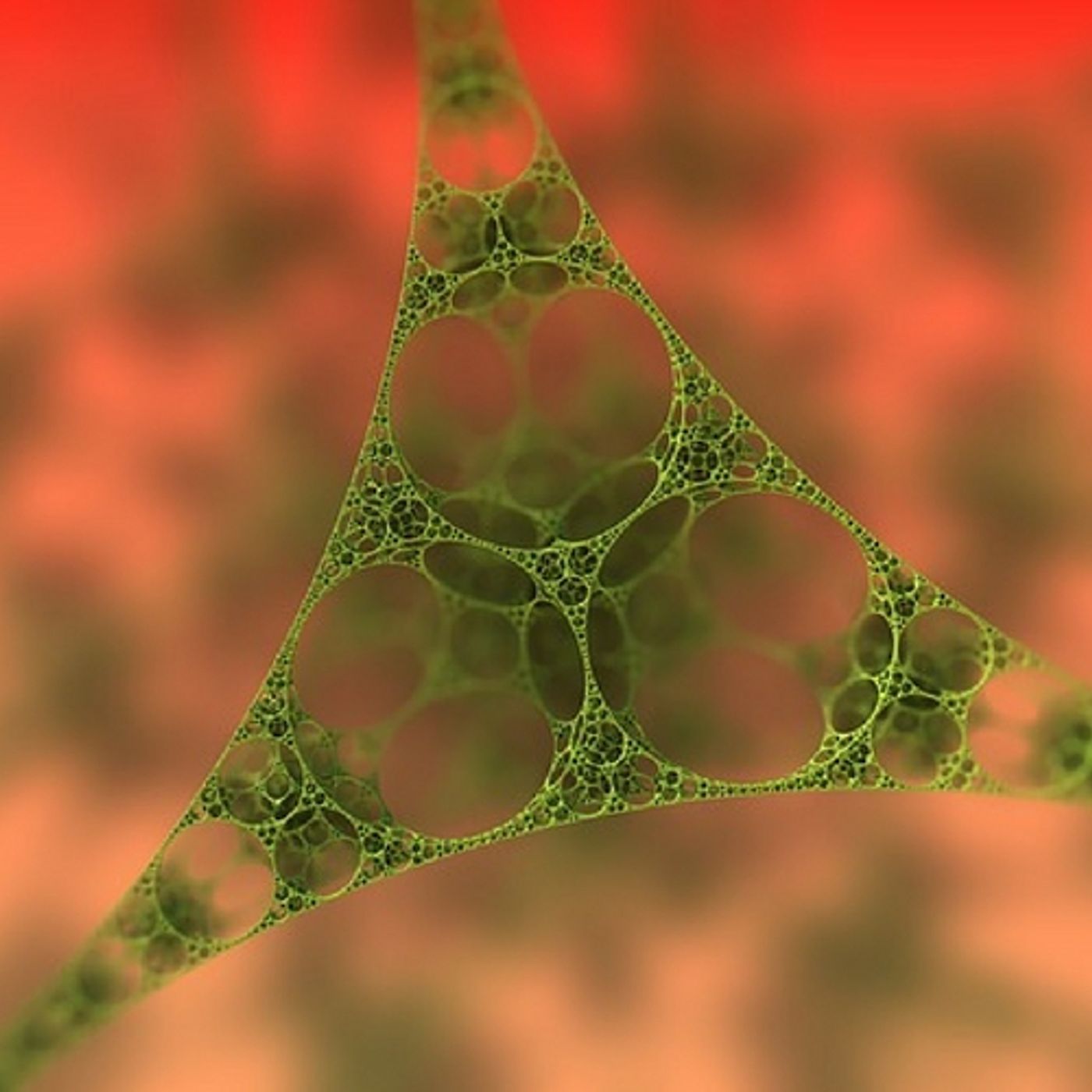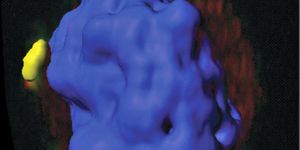Nanofibers Make Their Way Through the Brain
When neuroscientists have to monitor neural activity in the brain, small wires and electrodes are often used. The problem is that sometimes getting these electrodes and sensors into the correct region of the brain can damage tissue along the way. Researchers at Rice University have come up with a device that could allow for carbon nanotube fibers to be placed in the brain, without the risk of harming tissue.
In patients with epilepsy, sometimes electrodes need to be in place long-term to record signals from nerve cells in the brain as well as trigger brain activity to offset seizure activity. The team at Rice hopes their technique, which uses microfluidics, the movement of tiny bits of fluid to implant devices in brain tissue, could be the way forward for safer placement of devices that have to be in the brain.
The device lets small amounts of liquid carry the carbon fibers into tissue. The force of the fluid gently advances the strands without causing them to buckle or go off course and bump into healthy tissue. Currently, the most common method to get sensors where they need to be is to use biodegradable sheaths. These are stiffer than the wires and can sometimes become a problem if they lodge in the wrong area.
The fluid surrounds the wires, and it's thick, so it pulls the thread along after being introduced to the brain through a tiny hole. The wire itself is made from carbon fiber and is flexible but can be directed by sending the fluid along the same path.
Rice engineer Jacob Robinson, one of three project leaders, explained it by comparing the process to well-known foods, stating, The electrode is like a cooked noodle that you're trying to put into a bowl of Jell-O. By itself, it doesn't work. But if you put that noodle under running water, the water pulls the noodle straight." Co-author Caleb Kemere, a Rice electrical and computer engineer who specializes in neuroscience applications continued, "The important thing is we're not pushing on the end of the wire or at an individual location. We're pulling along the whole cross-section of the electrode, and the force is completely distributed." When dealing with a flexible material, it's more efficient when pulled from the front versus pushed from behind. Similar to trains and horse and buggies, the team knew that pulling the fibers with the force of the thick fluid would have a better outcome. The gelled fluid moves from the front but also surrounds the entire fiber along the sides, so that keeps it from buckling as well.
The team hopes the method can be used for applications like brain-computer interface solutions for patients with ALS, to control prosthetic limbs directly from the brain and to help control seizures in patients with epilepsy. Since the nanofibers are so small, it's also possible that more electrodes can be used to better target specific brain cells.









